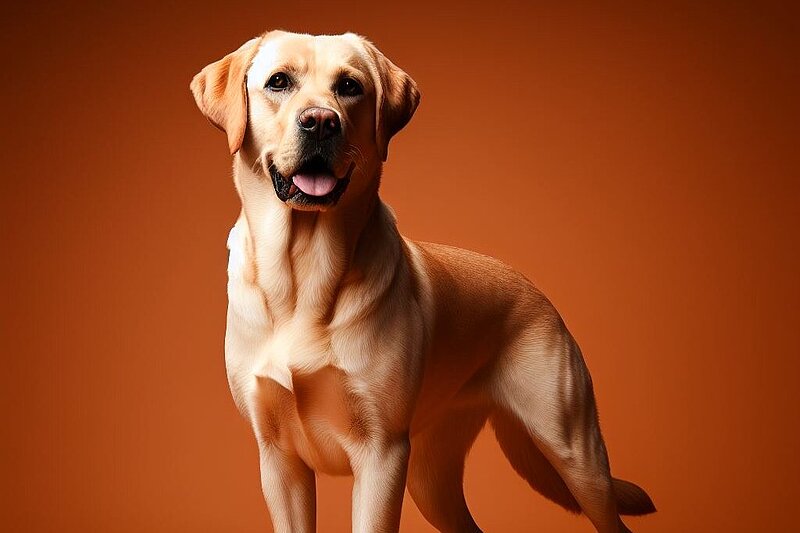The Labrador Retriever: The all-rounder among dog breeds
The history of the Labrador Retriever
The Labrador Retriever originally comes from the Canadian island of Newfoundland. It was brought to England by British fishermen in the 19th century. The breed as we know it today was created by crossing it with various British hunting dogs. The English recognized the Labrador's outstanding abilities as a retriever early on and used it primarily for hunting waterfowl. The Labrador Retriever has been officially recognized by the Kennel Club since 1903 and by the FCI (Fédération Cynologique Internationale) since 1954.
Who is the Labrador Retriever suitable for?
The Labrador Retriever is a true all-rounder and is suitable for a wide range of people and lifestyles. It is particularly suitable for families with children as it has a friendly and patient nature. It is also the perfect companion for active individuals or couples who spend a lot of time outdoors. Labrador Retrievers are also ideal for therapy and assistance tasks, which underlines their versatility and intelligence.
Character and nature of the Labrador Retriever
The Labrador Retriever is known for its friendly and even-tempered character. They are very people-oriented, intelligent and easy to train. Labradors are extremely social and get on well with other dogs and pets. Their love of water and their eagerness to fetch make them ideal playmates. They are always willing to learn new things and enjoy working closely with their humans.
Appearance and size
A typical Labrador Retriever has a strong, muscular build and a broad head. The eyes are usually brown or hazel and radiate intelligence and friendliness. Labradors have a short, dense coat that comes in three colors: black, yellow and chocolate brown. An adult male reaches a shoulder height of 56 to 57 cm and weighs around 29 to 36 kg, while females reach a height of 54 to 56 cm and weigh between 25 and 32 kg.
Grooming and health
Labrador Retrievers are low-maintenance when it comes to their coat. It is sufficient to brush them regularly to remove loose hair and keep the coat shiny. As Labradors are prone to ear infections, their ears should be checked regularly and kept clean. The claws also need to be trimmed regularly.
In terms of health, Labrador Retrievers are robust, but susceptible to certain hereditary diseases such as hip and elbow dysplasia and eye diseases. Regular veterinary examinations are therefore important in order to recognize and treat health problems at an early stage.
Exercise requirements and husbandry
Labrador Retrievers need plenty of exercise and mental exercise. They love to run, swim and play. A Labrador is therefore ideal for an active life in the countryside or in a house with a garden. They can also feel at home in the city, provided they get enough exercise and variety. Long walks, play sessions and dog sports such as agility or obedience are ideal for keeping a Labrador happy and healthy.
Training recommendations
Thanks to their intelligence and desire to please, Labrador Retrievers are easy to train. They respond well to positive reinforcement and clear, consistent commands. Puppy schools and dog training classes are recommended to provide a solid foundation for obedience and social behavior. Retrieve training is particularly popular with Labradors and is a great way to encourage and challenge their natural abilities.
Behavioral traits and interaction
Labrador Retrievers are known for their gentle and patient nature, especially when interacting with children. They are affectionate, playful and extremely tolerant, making them perfect family dogs. Their sociality also extends to other animals, so they can usually live together with other dogs and even cats without any problems.
Recognition by the FCI and other facts worth knowing
The Labrador Retriever has been recognized by the FCI since 1954 and belongs to Group 8, the retrieving, searching and water dogs. Labradors are not only excellent family and working dogs, but are also often used in rescue teams, as guide dogs for the blind or by the police.
